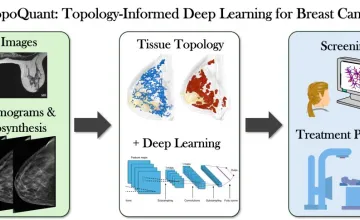AAU universities conduct a majority of the federally funded university research that contributes to our economic competitiveness, health and well-being, and national security. AAU universities are growing our economy through invention and innovation while preparing the next generation of scientists and engineers for global leadership. By moving research into the marketplace AAU universities are helping to create jobs, and provide society with new medicines and technologies.

UMD geologists uncovered evidence of a section of seafloor that sank into the Earth's mantle when dinosaurs roamed the Earth; it's located off the west coast of South America in a zone known as the East Pacific Rise.

Novel research supported by NCI could lead to more specific predictive disease models

A new University of Kansas study reveals parents seeking health care information for their children trust AI more than health care professionals when the author is unknown, and parents rate AI generated text as credible, moral and trustworthy.

Hypertension and amyloid plaques can separately cause dementia. Having both increases a person’s odds of developing cognitive decline, a new study finds
Explore More: University Research
You can filter stories by the university.
Michigan Medicine scientists have been on a quest to better understand unexpected death in epilepsy, or SUDEP — which claims the lives of roughly 1 in every 1,000 people with epilepsy or other seizure disorders.
University of Michigan | Researching the Brain, Seeking Cures | Parkinson's & Epilepsy | University Research
A new scientific study concludes there is no safe level of drinking alcohol. More than 500 researchers, academics, and others from more than 40 nations contributed to the study.
"Healing Spaces" is a video game that was created to help adults suffering from neurodegenerative diseases to relax and connect with their caregiver.
Individuals with weaker muscles do not typically live as long as their stronger peers, according to new research from the University of Michigan.
Rice University nanoscientists have demonstrated a method for loading iron inside nanoparticles to create MRI contrast agents that outperform gadolinium chelates, the mainstay contrast agent that is facing increased scrutiny due to potential safety concerns.
